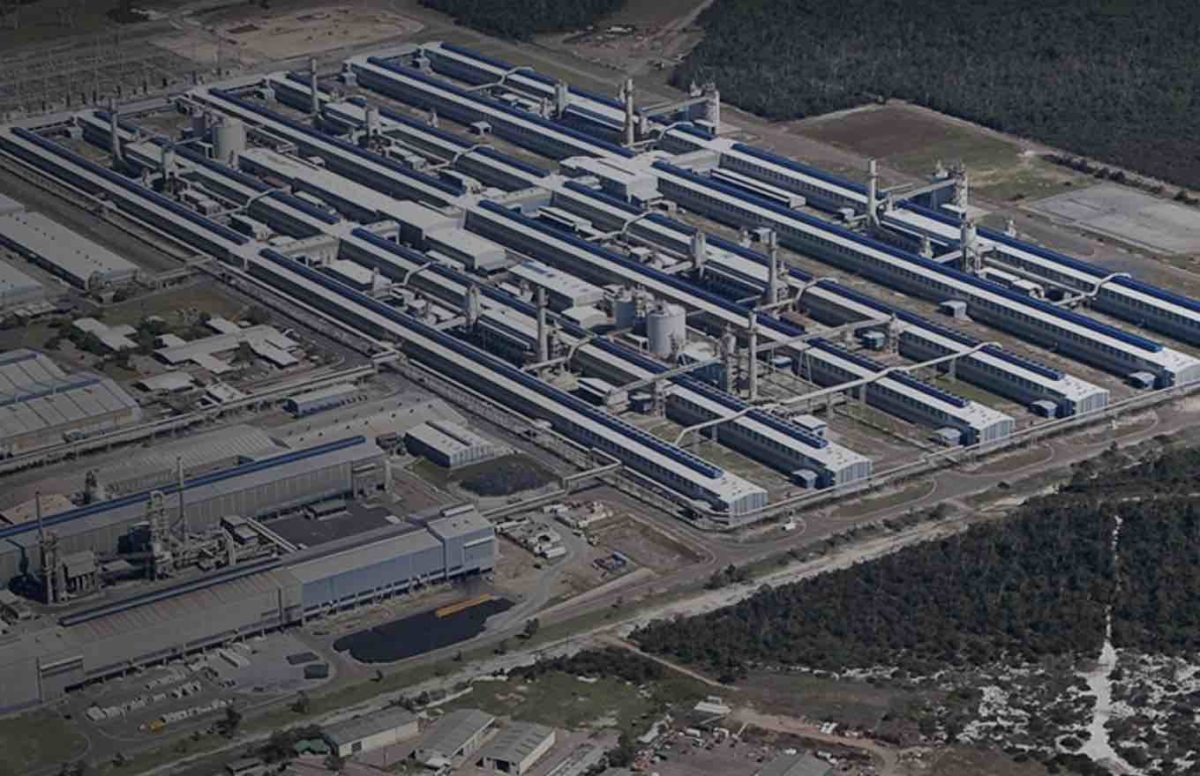The Australian Energy Market Operator has released its final report on the money spent on its emergency reserve mechanism over the last financial year, and it reveals that $130 million was spent ensuring the lights didn’t go out in the country’s two most coal dependent states.
The report from AEMO shows that the RERT (Reliability and Reserve Trader) mechanism was exercised on five occasions during the year, twice in Queensland, and three times in NSW.
Four of the five occasions were during the recent energy crisis, sparked by soaring international coal and gas prices and made worse in Australia by multiple outages that took nearly half of coal capacity out of action at certain times.
The location of the RERT activations is interesting, because it didn’t happen in the states most advanced in the transition to renewables and storage, such as South Australia which sourced 64 per cent of its local demand from wind and solar in the last 12 months.
It occurred in the two states with the least amount of renewables, and the greatest dependence on coal. It speaks to the fact that market operators are less concerned about the spread of wind and solar as they are about the reliability of the ageing fossil fuel generators that they will replace.
RERT is activated when AEMO fears that the loss of another generator will mean it does not have enough capacity to meet demand, and it will be forced to shed load, i.e. cut off power to some parts of the grid.
The idea behind RERT is to ask bulk or aggregated consumers to dial down their consumption for a short time. They get paid handsomely for it, but it is less than the formulaic estimates of the value of lost power.
The most expensive intervention occurred in summer, on February 1 in Queensland, when $50 million was spent on pre-activation (put on standby), activated, and other intervention costs (such as compensation to other generators that might have been displaced by this central dispatch).
The other events occurred in the height of the energy crisis, in the lead up to and during the unprecedented market suspension, and at at time when AEMO has noted that unplanned outages of coal units peaked at 4.6 GW.
Most of these activations were in NSW, which accounted for more than $76 million of the June RERT activations. In Queensland, the cost was just $3.7 million in June.
AEMO does not break down who got paid how much for providing the emergency capacity, although it does reveal that the average payment was an eye watering $23,842/MWh – not for producing power, but for not consuming when asked.
But it does reveal which players in the industry were called upon, and most of them were big energy users paid a lot of money to dial down their consumption for a certain period should they be “activated”.
In NSW, for instance, the biggest contracted player was the Tomago aluminium smelter, and others called upon were steel producers Bluescope, mining company Cadia, and Visy Industries, along with Shell Australia and a whole host of smaller “aggregators” such as Enel X, Reposit and Flow Power.
In Queensland in February, the biggest contracted supplier was gas company QGC. It should be pointed out that it is not clear which of these “contracted” suppliers were actually activated and paid. That’s secret energy people’s business.











